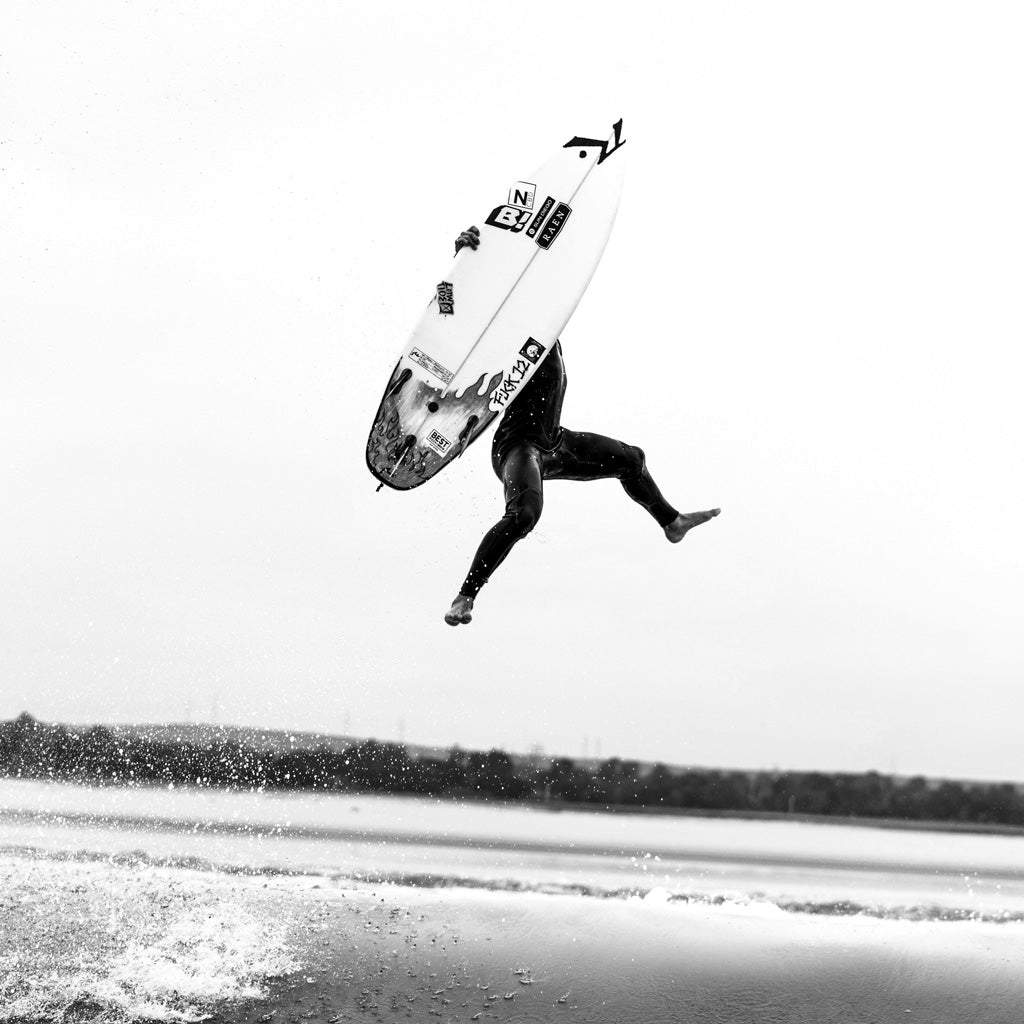EPS = Expanded Poly Styrene. EPS is a different type of foam. EPS used to be hotwired out of a big block of foam. It is made out of small hard beads that expand under heat and pressure. Most of the earlier foams were lightly fused. In more recent times, molds are made, much the same way they are for PU foam. There is higher end EPS available that has much tighter fusion as a result of the molds being much smaller than the big blocks and is blown under much higher pressures. If you get a ding, you should probably catch a couple more waves and call it a day, and come in. It soaks water much more rapidly than PU foam.
EPS has to be glassed with Epoxy resin. PU foam can be glassed with either PE or Epoxy but Polyester will melt the EPS. Epoxy resin is far superior in strength to polyester. It used to have a bad rap because it would yellow quickly. Not the foam…the Epoxy. Since Clark Foam closed in December 2005, Epoxies have been developed specifically for the surf industry and are now whiter, stronger, and easier to use than ever. The Epoxy resin costs a bit more than Polyester but the EPS is slightly less expensive. The labor is more since it takes longer to set off. The finished product costs roughly $60 to $90 more than a PU depending on the size of the board.
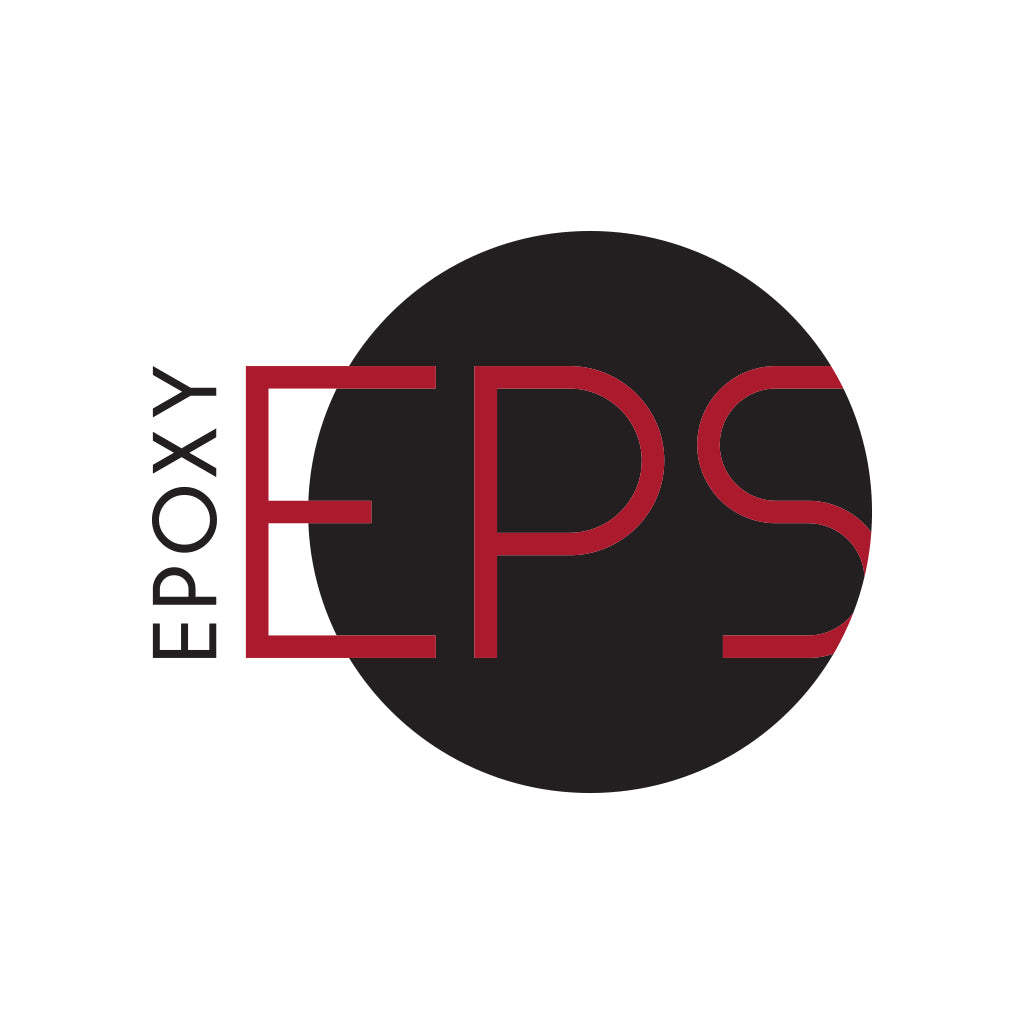
EPS runs approximately 7% to 10% lighter than traditional Polyurethane foam. Yes, there are different densities in both foams but on average I usually make an EPS board with 5% to 10% less volume, or the customer can simply enjoy the extra paddle power. Yes, the EPS cores can be, and usually are glassed slightly heavier but the end product still comes out lighter. I am a big fan of EPS. All sizes of boards. The bigger the board, the percentage doesn’t change, but the weight savings increases.
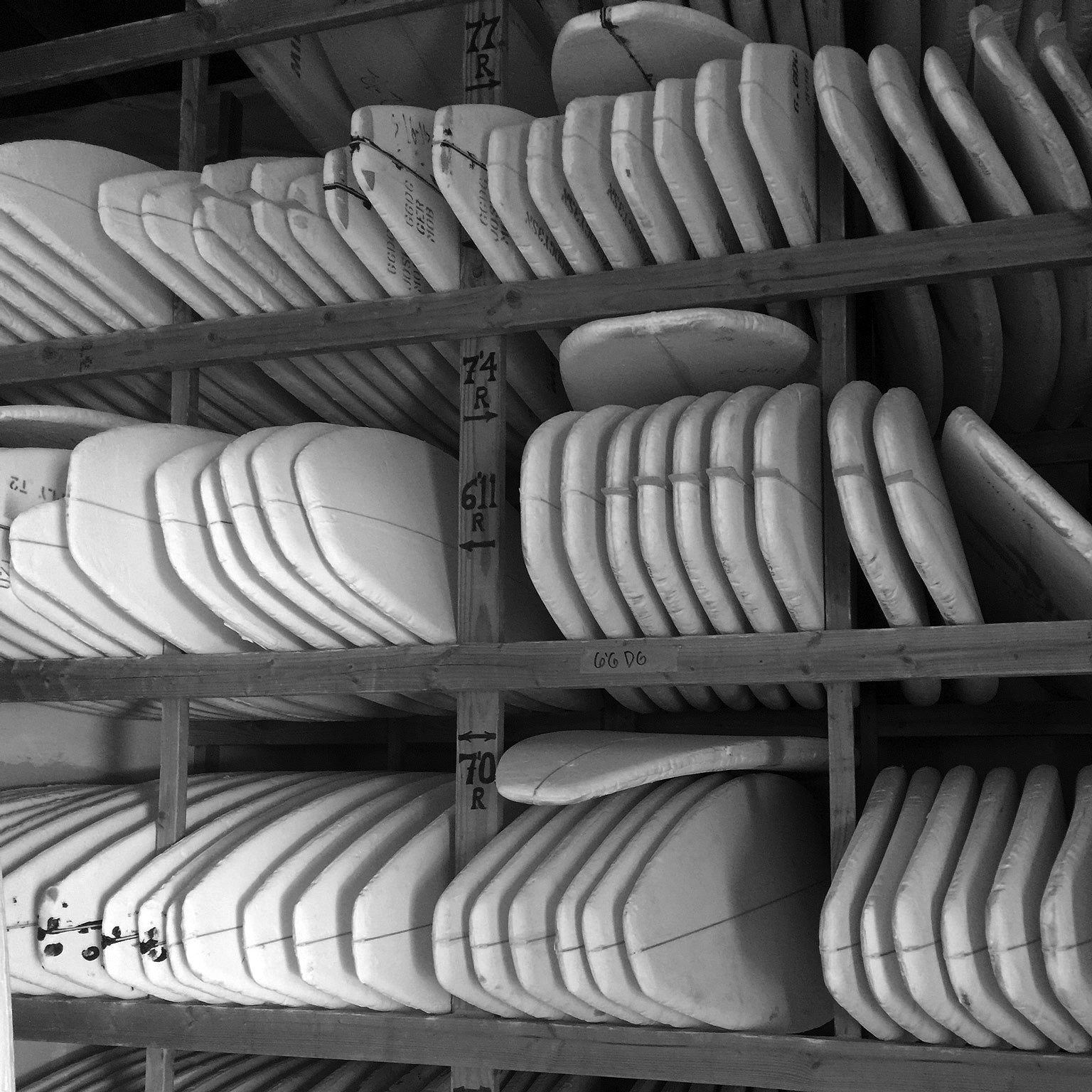
The ride is different. Because there is a greater part of the weight in the shell of the board, energy gets transmitted differently. Most surfers that have ridden EPS say they are livelier. That becomes problematic in bumpier, bigger surf. Lively becomes “twitchy”. However, that can be overcome by glassing the board heavier, or in the case of really big boards there is 3lb foam available. Most surfboard EPS is 2lb or even lighter. Most of my big wave riders actually prefer EPS.
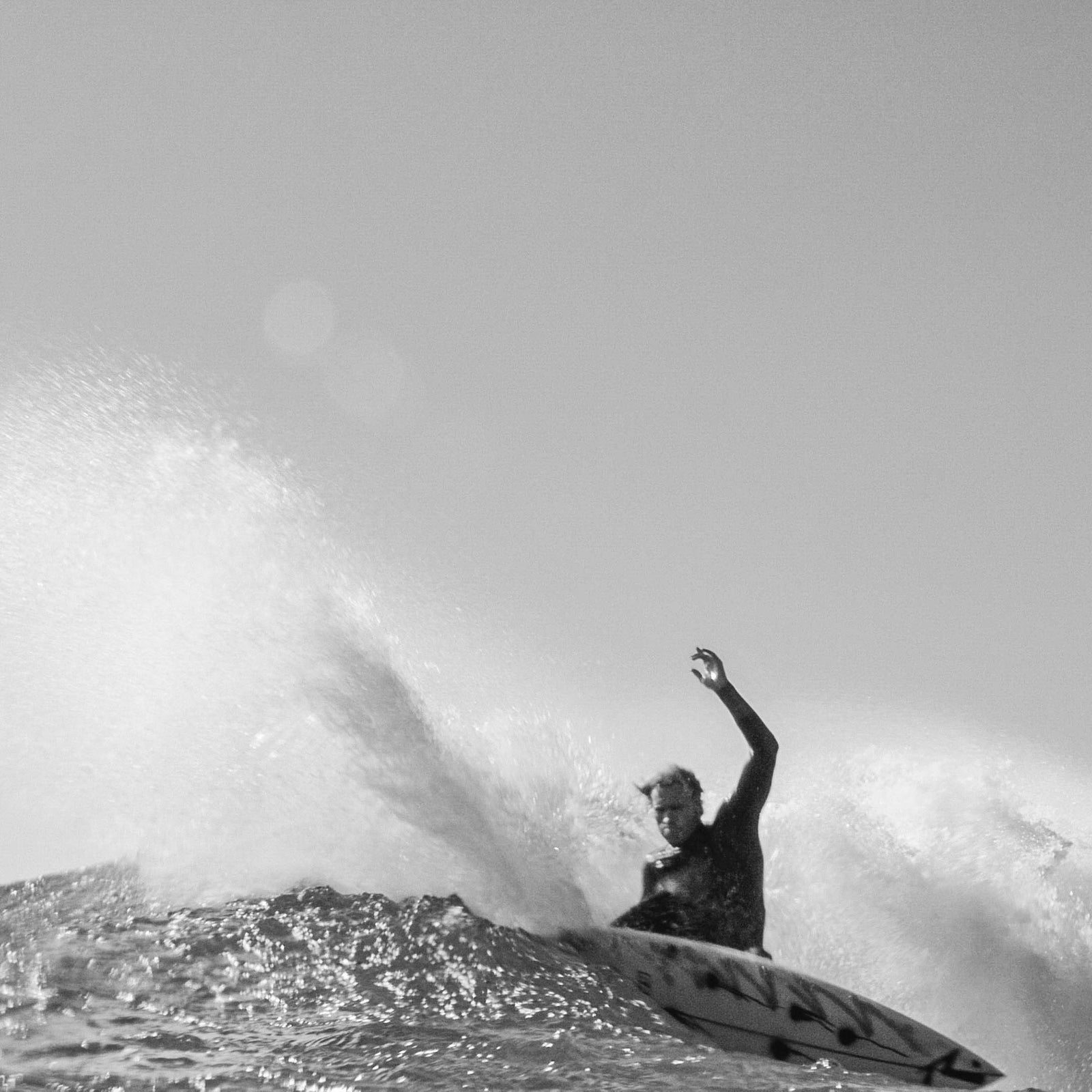
Epoxy resin is, according to many articles on the subject, up to four times stronger than polyester resin. Might be a bit of a stretch, nonetheless it is noticeably stronger. Has better flex characteristics. Maintains the flex much longer.
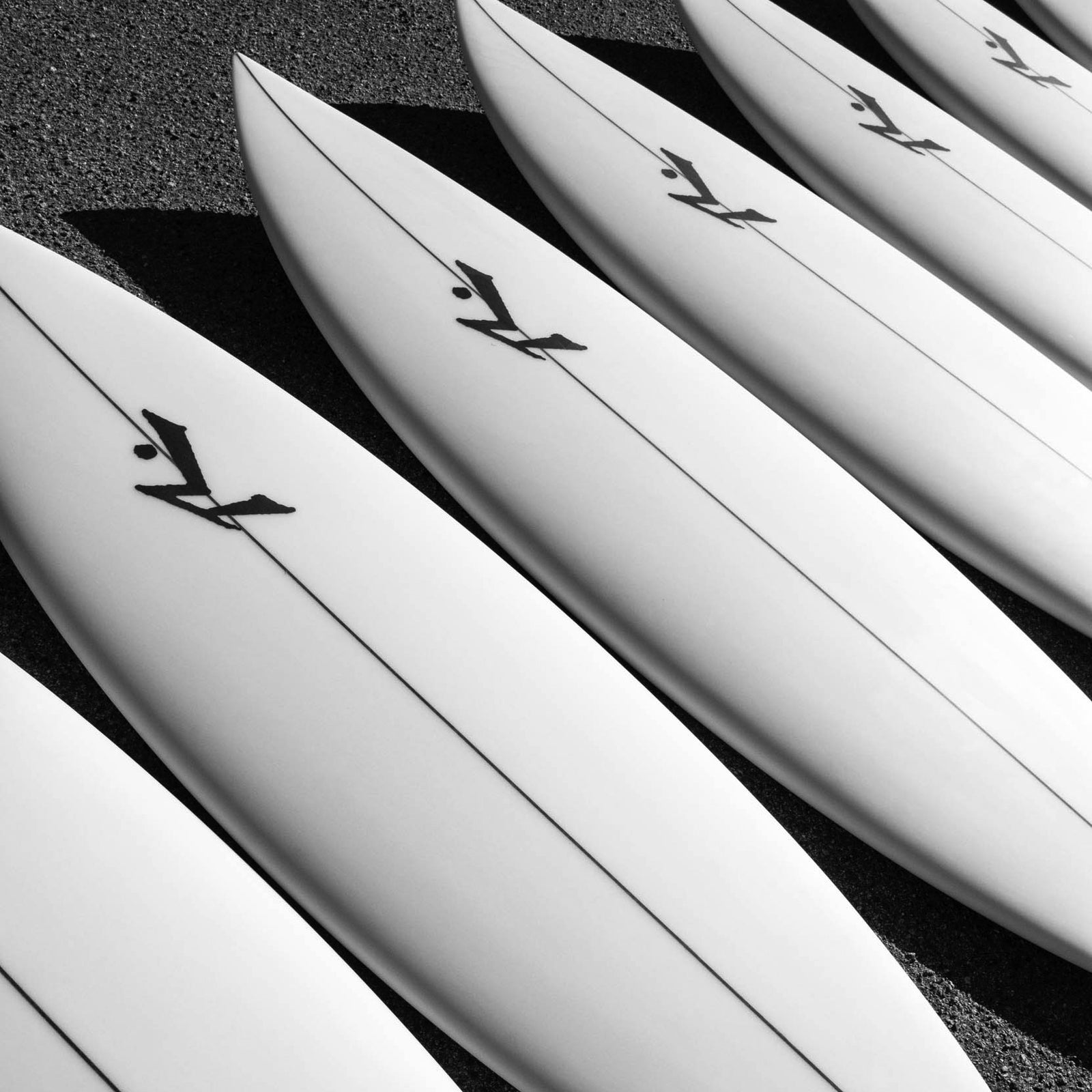
EPS is lighter, livelier and stronger than a PU/PE board. Epoxy is the future. I believe, sometime in the not-too-distant future, more and more board builders will use Epoxy resin. And, at some point in time, that’s going to be the only resin we use.
